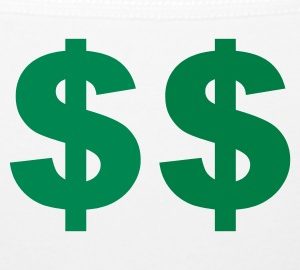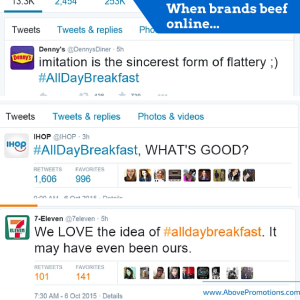
Price testing is a very simple concept that can be carried out in a thousand different ways, from least complex to most.
The basic idea is this: rather than using the tools at our disposal to choose the right price, let’s allow the customers to tell us what the right price is.
We all know price is a major lever that marketers can use to improve performance. What most people don’t know is the extent to which price matters, and all of the different ways you can impact the price.
How do we set a price to begin with?
Even in price testing, we need a starting point. There are two ways to set a price that make any sense at all. The first is the most common. Start with costs and add a margin on top of it. If it costs us $ 10 to make something, and we want a 20% profit margin, we charge $ 12.
The second one is less common, but many would argue more appropriate. The reason it’s less common is because it’s more difficult. Here your starting point is value. What value does this product or service offer relative to the alternatives? For example, if we’re launching a new state of the art pen that lasts twice as long as the longest currently on the market, perhaps we’d set the price at double whatever they charge for theirs. Since ours lasts twice as long, all other things equal, we can assume the value to consumers is double.
There are many different ways to test.
Companies can and do test prices all the time. One of the best examples of this is Amazon. Amazon is constantly using algorithms to try to find the “right” price for all the items it sells.
Five different people might log on at exactly the same time and view the same products but see slightly different prices. The volume of merchandise that Amazon sells and the amount of traffic their site gets allows them to test and find meaningful results in a short amount of time.
We aren’t all so lucky. Here are a few of the common ways of testing prices that you can use:
- Use discounts and offers on your website to measure the impact of lower prices
- Show different prices to different users and measure the relative performance
- Revise the price of your products over time, adjusting them weekly or monthly to see if that impacts sales
- Create different versions of your products and offer them at different prices to see which performs better
- Use an email or call list to sell at different prices and measure conversion rates
The key to successful price testing
We use price testing to determine the “best” price, often the price that creates the greatest total revenue (sum of revenue from all purchases). A lower price might lead to more sales vs. a higher price. But a higher price means more revenue per sale. So it’s about finding the right mix.
Like other forms of testing, this process can continually repeat itself. We won’t all be as intelligent in our testing and pricing as Amazon, but there is no reason why we ever have to be done testing. Once we find a winning price, we make that the new baseline and then continue to try and “beat” it.
Business & Finance Articles on Business 2 Community(41)






